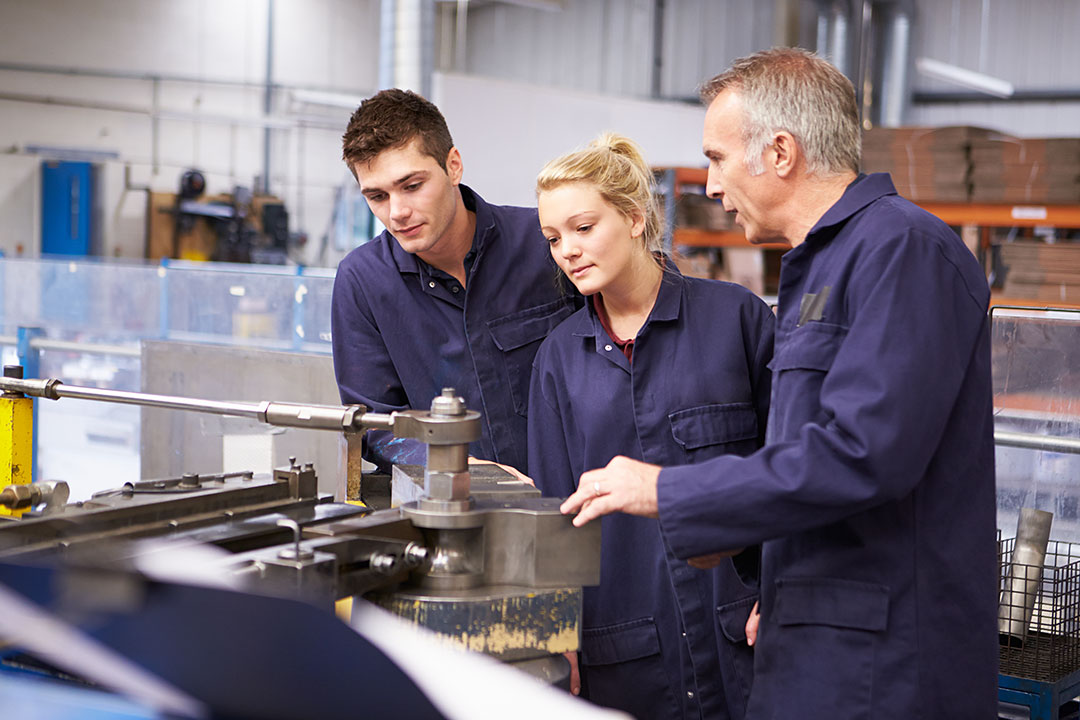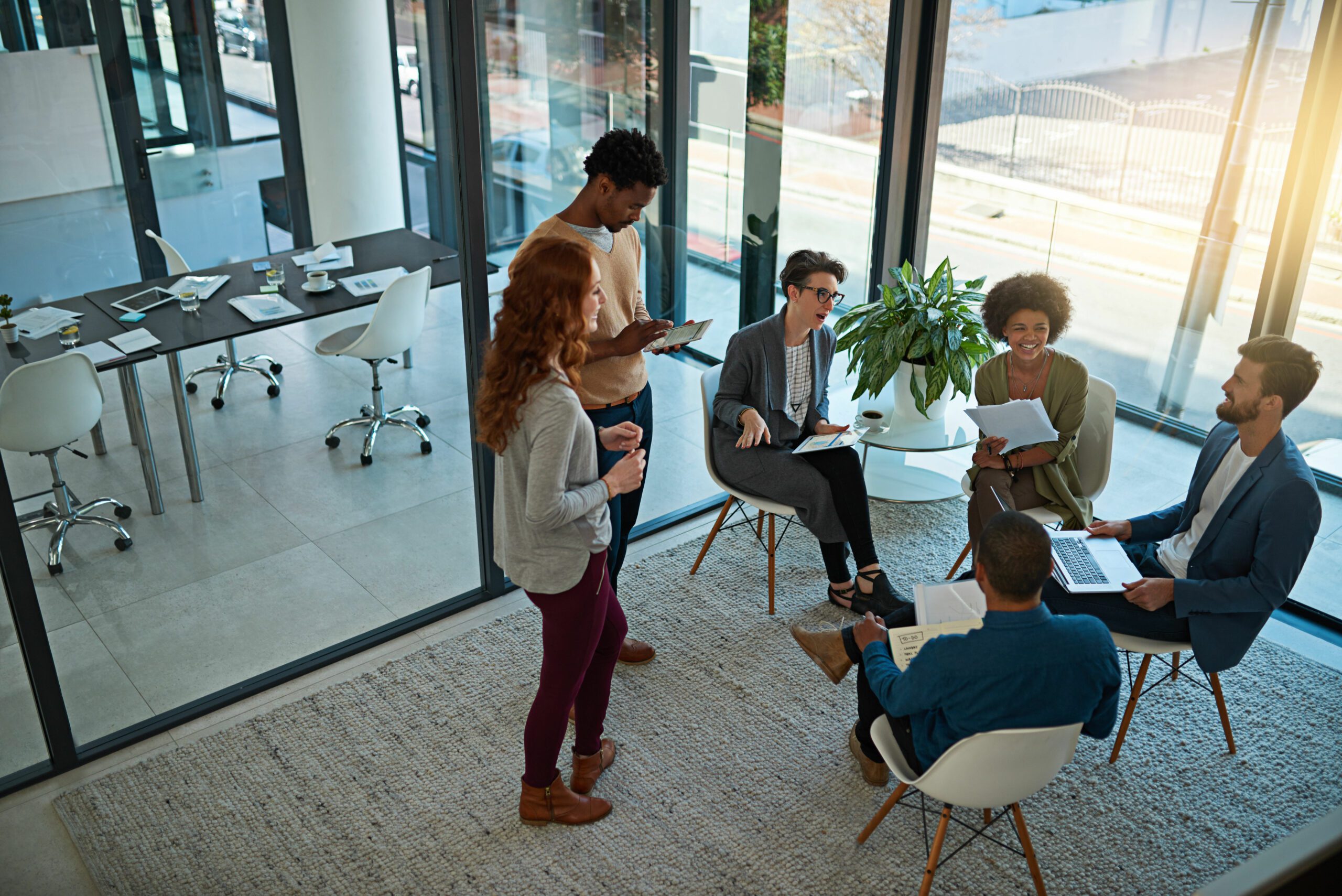The pandemic has changed how we think about and relate to space. What impacts will this have on work, careers, and organizations moving forward?
Welcome to the second issue of Workforce Architecture, a digital magazine and research exchange that explores the structural underpinnings of workplace culture and strategy. This issue is dedicated to topics related to space:
- the spaces in which we work (e.g., physical workplaces, real estate)
- the space we give to work and careers in our lives (e.g., work-life balance)
- the spaces we find ourselves in as jobs and work continue to change (e.g., lifelong learning, career stages
We’ve become obsessed with talking about space. In many interactions, we either lament our video call fatigue or consider how it feels to be back in person (great, weird, tiring, to be determined). We add modifiers to our language to clarify whether we’ll be in person, hybrid, or remote for meetings and social gatherings. We see photos on social media taken from airplane windows or cities where our travelling colleagues, friends, or loved ones are revelling in the possibility of being “someplace different.”
What our clients were really grappling with was how space-related decisions would affect their organizational culture and impact.
In late 2021, clients began asking Challenge Factory to help them address their real estate challenges. As specialists in the Future of Work, we are used to having all sorts of questions and topics brought to us. But our advice on floorplans, seating charts, and safety measures felt like new territory—until we started getting into more detailed discussions.
We quickly learned that while our clients were asking questions about (hybrid) return-to-work policies and guiding principles for sharing office spaces, what they were really grappling with was how space-related decisions would impact organizational culture. They were asking about physical assets and considerations because real estate concerns represent something concrete when everything feels uncertain. Desks need to be arranged. Walls can be taken down or rebuilt. Physical configuration can fit on a map, budget, and timeline.

However, most of our clients have gone through office renovation projects in the past. They’ve accommodated growing or shrinking teams and adjusted their real estate footprint…without calling on our assistance. What’s different now is that the underlying challenge is not really about the physical. It’s about the future of the workplace at a tenuous moment in time when space and our relationship to it have become disrupted. It’s about the new meaning and value we now have for place-based activities.
We need a broader understanding of how space is shaping the Future of Work.
In recent online workshops, I’ve led groups through an activity that asks participants to count the number of screens they have in their workspace, either at home or their organization’s office. As these sessions take place over video call, the gallery of faces and my shared screen are available as everyone considers and counts their screens. No one ever includes these types of virtual screens (in website browsers or desktop applications) that have also come into our spaces with new regularity and meaning. Even in a session dedicated to talking about hybrid work, without prompting or challenge, participants will default to traditional definitions of space, place, and work.
We need a broader understanding of how space is shaping the Future of Work. Ultimately, work is a human activity that must be done somewhere and somehow. Physical space is one important part of this, but it’s not the whole of it. If we are going to truly examine today’s workplaces with an eye on what might be possible for the future, we need to consider space in a more fulsome way. In this issue, you’ll find articles, tools, and activities that can help us all create new space for dialogue and collaboration based on impact and sustainability. Throughout, you’ll also find models and concepts for tackling the new needs, challenges, and opportunities of today’s evolving workforces.
Let me end with a final thought.
Today, events often begin with an acknowledgement that they are taking place on land originally and continuously inhabited by Indigenous peoples. An Anishinaabe colleague shared with me why this is meaningful. When we acknowledge those who are the keepers of the land we live and work on, we create space to meet on common ground. We create agreement and affirmation that the land, cultures, and relationships between us are important and meaningful, and that those who protect them do so for the well-being of us all. While land acknowledgements have been introduced to many of us as part of acts for truth and reconciliation, they also provide a reminder of Indigenous wisdom: we are not separate from our environment. It is part of us and our work.
Enjoy this exploration of space. I look forward to hearing how it helps you define, tend to, protect, and grow a Future of Work where there is a place for everyone.
Lisa Taylor, President, Challenge Factory
